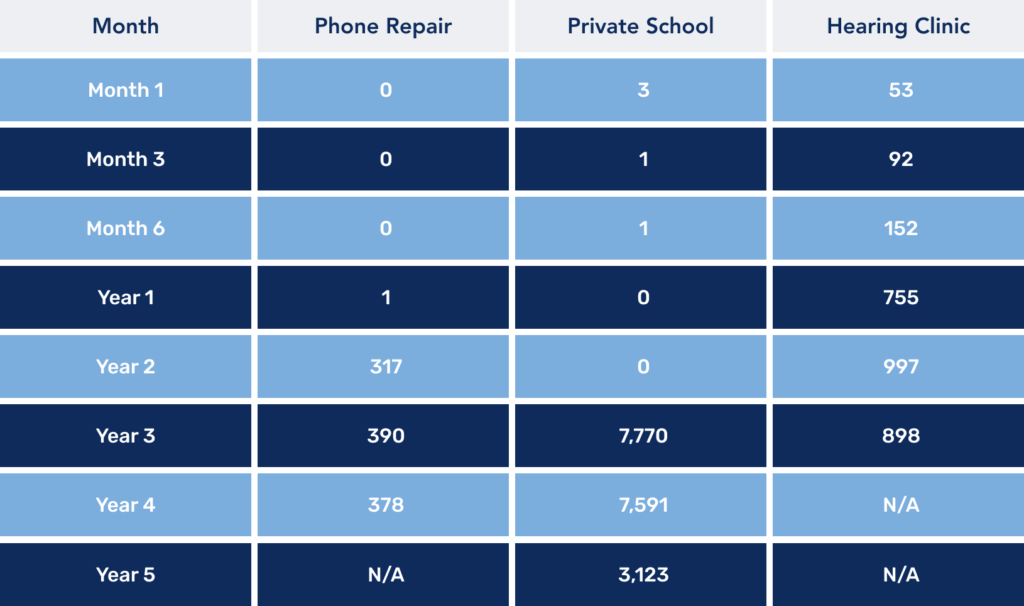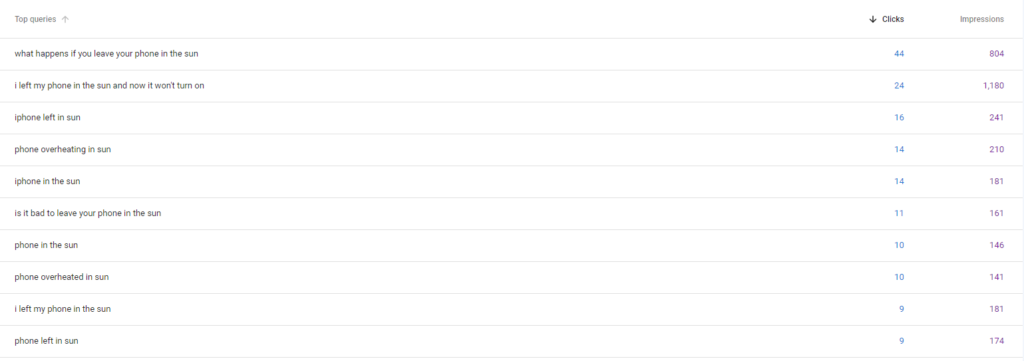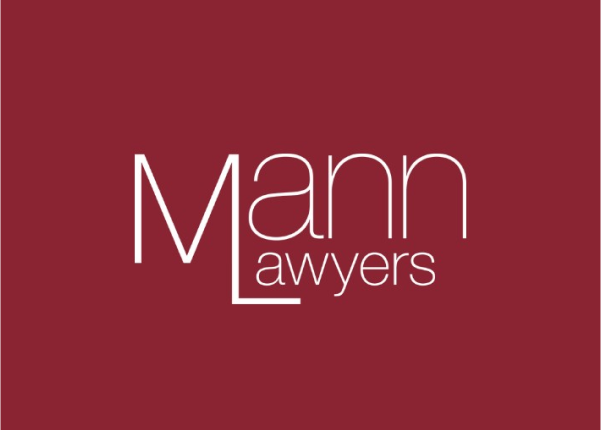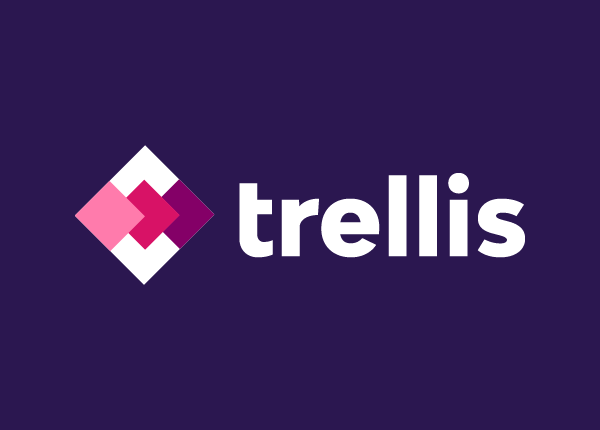Content is at the core of any digital marketing strategy. Whether it is video content on social media, written content in an email drip campaign, or podcast content to drive traffic from SEO, this is how you tell your story as a business.
One of the pillars of any business content strategy is blog writing. Having written, edited, or advised more than 10,000 individual blog posts and more than 10 million words for clients over our 10+ years in business, we understand what it takes for content to perform.
While some blogs posts are able to drive traffic immediately, skyrocket to the top of the search results, and maintain that position for the long-term (even securing vital Google real estate like featured snippets), others have more of a slow burn effect.
In this case study, we will explore three different real-life scenarios where blogs built up traction over time to drive a significant volume of organic traffic for our clients, as well as drive positive business outcomes. In following these three lessons, you can also generate a high volume of traffic and generate more leads for your business.
Our three examples
The first example is a blog about what happens if you leave your phone in the sun, written for a mobile phone repair chain. This blog was first published in September 2018, and took until early 2020 to start driving meaningful traffic.

Our second example is a blog about identifying your child’s strengths, published for a local private school. First published in 2018, it peaked in 2019, driving nearly 2,000 visitors in a single day.

Finally, we have a blog about hearing aid financial assistance, for a local hearing clinic. First published in fall 2019, this blog has steadily been picking up more and more traffic over the years.

Lesson #1: Blogs can steadily drive more and more traffic
For our three examples, consider the monthly pageviews after publication:

All three blogs had marginal traffic numbers to start, but eventually grew into top-performing pages on the site.
Next, consider their peak traffic date (so far—this may still yet grow!)

Without an existing, effective content marketing strategy in place, this is a natural progression.
What could an existing content marketing strategy look like?
- Large & engaged readership base
- Sharing blogs in newsletters
- Sharing blogs on social media
- Amplifying blogs via paid ads (search, display, social, video etc.)
- Leverage outreach or your network to get your blog distributed to other audiences
- Cross-link to drive referral traffic
If you aren’t able to invest in these areas, you can still drive high volumes of traffic through organic search—it just takes time.
Lesson #2: Casting a wide net allows the audience to tell you what resonates
There is a common misconception around the expression “the customer is always right.” Many people assume this means that in a disagreement, the service provider should always defer to the customer to keep them happy.
Instead, consider the addition that the customer is always right “in matters of taste.” Meaning, if umbrellas fly off the shelves at your retail store while rain jackets sit unsold, listen to your customers and don’t place a 10x order for more rain jackets.
You can have a good pulse on what topics and themes will resonate with your audience and plan your content accordingly. For example, you can use SEO research tools like SEMRush to find which keywords have the highest search volume, or you can conduct user interviews to better understand their pain points and craft solution-oriented answers accordingly.
But both of these methods leave a blind spot, telling you only what historically happened, or how customers feel today, and not what search trends might be in the future, or how the market might shift.
As a quick example, consider ChatGPT, all the rage at the time of this case study’s publication in March 2023. ChatGPT wasn’t launched until November 2022 and had effectively no search volume before. A quarterly content calendar planned in advance would not have been able to anticipate this as a potential topic.
While it can’t cover every base, this is why casting a wide net in terms of content can pay dividends. Write about a wide variety of topics and themes, optimize the content accordingly, but let the audience gravitate toward its area of interest organically.
Let’s take the “leaving your phone in the sun” blog as an example. This topic came about because our Content Editor at the time left his phone in the sun during a hot summer cottage weekend, and it ended up having performance issues. Our editor took the phone to be repaired. Our editor was right in the target demographic, and knew others would be asking the same questions and seeking the same resolutions as he was.
It turns out he was right, and this blog has done better and better every year, peaking in the summer as people are more likely to leave their phone baking in a hot car, out at the beach, or on a cottage dock. The audience wants these answers, and they are searching out the content.
Check out some of the search term variations that are driving traffic to this day:

This blog topic matters to the audience, and they are finding it. But we also published other topics that ultimately didn’t connect with the audience, like a blog about protecting your phone while trick or treating, which has received negligible traffic to this day. While there are strategies we could do to expand or better optimize the blog, or promotion strategies we could launch, ultimately the market is telling us that this topic does not resonate, and we’re better off investing our resources in other areas.
Lesson #3: Once traction is gained, explore how you can leverage this visibility to drive business results
Identifying that a blog has found an audience is an exciting discovery. Next, you must assess whether this audience is in-market and likely to convert. For example, for a local hearing clinic that is seeking in-person appointments, having a blog go viral with visitors in another province or country is exciting but not ultimately going to move the needle as far as revenue is concerned.
Explore audience insights from Google Analytics to learn more about your new user base: where do they live, what device do they use, what demographic attributes do they have (such as age or gender), and where else do they go on your website?
For example, for the hearing aid finance assistance page, Google Analytics unveils that 93% of visitors to that page live in the province in question, making them a great fit for both the content but also our client’s services.

Make additions and improvements to the page to drive action. On the hearing aid financing blog, our team incorporate prominent call-to-action (CTA) buttons encouraging readers to book an appointment or contact the clinic.
Prior to this addition, this blog generated just 11 calls or appointments over 2.5 years. Since adding these CTA buttons six months ago, the blog has generated 32 additional calls or appointments.

Actionable Takeaways
You should be data-driven and strategic with your website content and blogs, and you should invest in content marketing to attract new eyes and amplify your work. Even still, you can naturally generate a high volume of traffic and drive true business value for close to zero marketing investment, minus the cost or time to write content, by applying the lessons from this case study.
- Be strategic but patient
- Cast a wide net and trust the audience to tell you what resonates
- Amplify your content through multiple channels
- Understand your audience and their needs
- Leverage these learnings to improve content further and drive desired actions
Start applying these lessons today, and see how your blog can help your business grow and succeed.




